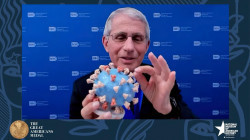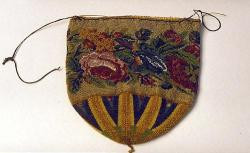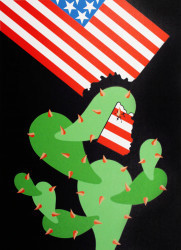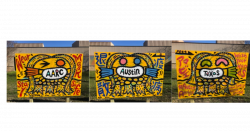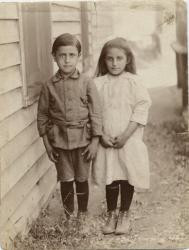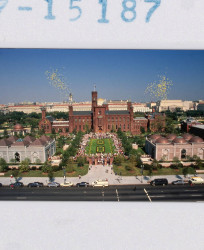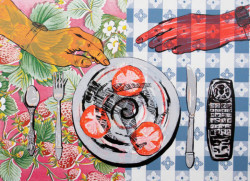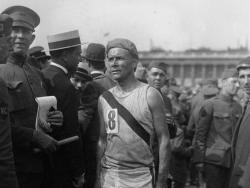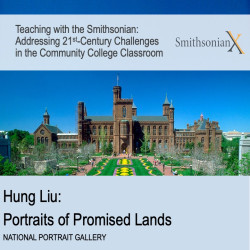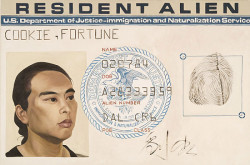Philippa Rappoport
I work in education and engagement, teacher professional development, and outreach at the Smithsonian Office of Educational Technology (OET), and have a particular interest in developing and producing trainings, programs, teaching techniques, and platforms that foster deep learning and contribute knowledge to improve practices in museum and preK-16 education and engagement. At OET over the last decade+, I created digital assets for schools, families, and new immigrant English Language learners to complement teacher professional development and pan-Smithsonian programming, including Learning Lab teaching collections, YouTube videos with tradition bearers, a handmade family stories book-making website, and online heritage tours.
Philippa Rappoport's collections
Learning Lab Training Collection on the Theme: “Social Justice in the Time of Pandemic"
 Philippa Rappoport
Philippa Rappoport
Learning Lab Training Collection on the Theme: “Humans and the Footprints We Leave: Climate Change and Other Critical Challenges"
 Philippa Rappoport
Philippa Rappoport
Learning Lab Training Collection on the Theme: “Facing the Complex, Multiple Challenges of the 21st Century"
 Philippa Rappoport
Philippa Rappoport
6 Jewish American objects for Jewish American Heritage Month
 Philippa Rappoport
Philippa Rappoport
Irish Music
 Philippa Rappoport
Philippa Rappoport
Introductory Activity to Generate Discussion about Mexican American Studies and Digital Museum Resources (#EthnicStudiesY2)
 Philippa Rappoport
Philippa Rappoport
Inquiry-Based Learning at Its Best Using Digital Museum Resources: A Presentation for NCSS2020 Conference "Advancing Social Justice"
 Philippa Rappoport
Philippa Rappoport
Inclusive Memory Project: Digital Storytelling as a Teaching Strategy in the Smithsonian Learning Lab
 Philippa Rappoport
Philippa Rappoport
“I Didn’t Believe I Could Be Brave”: How the Smithsonian Uses Stories to Amplify Voices and Build Community
 Philippa Rappoport
Philippa Rappoport
Hung Liu: Portraits of Promised Lands
 Philippa Rappoport
Philippa Rappoport
Humans and the Footprints We Leave: Smithsonian-Montgomery College Faculty Fellowship 2020 Opening Panel Resources
 Philippa Rappoport
Philippa Rappoport
How to Make a Ti Leaf Lei: Demonstration video, children's stories, dances, and contextual images
 Philippa Rappoport
Philippa Rappoport

